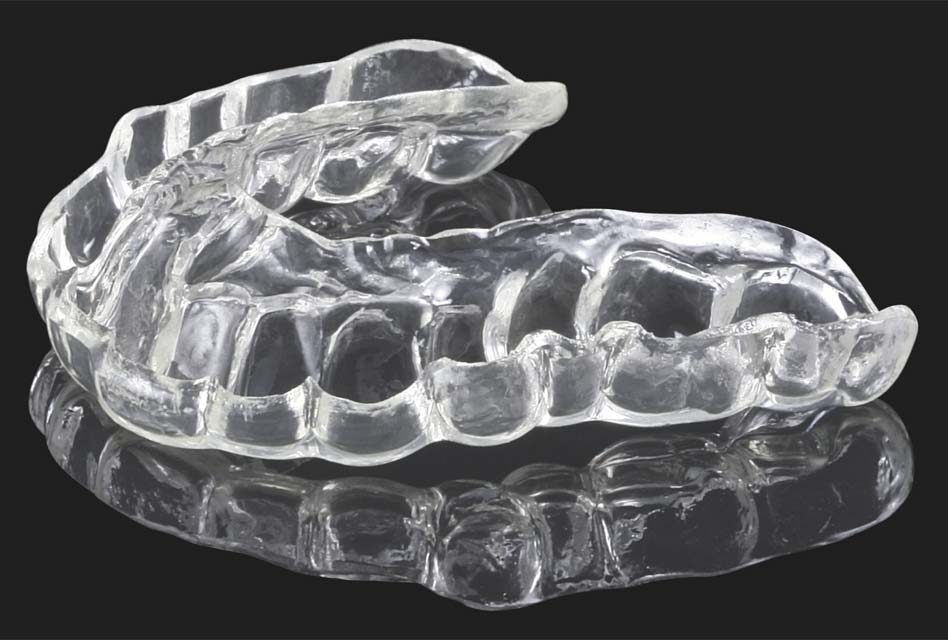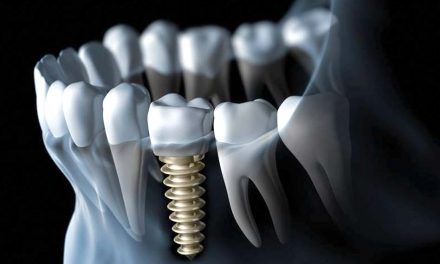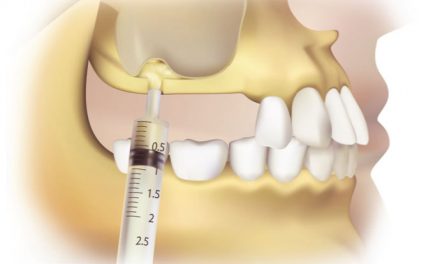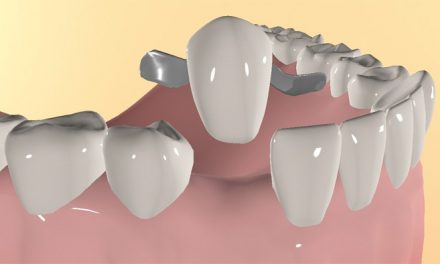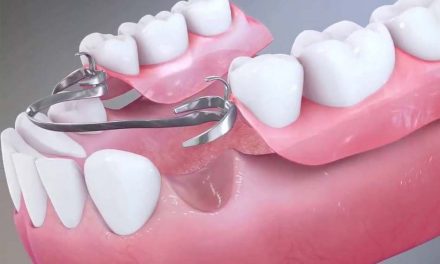A bite splint is an acrylic tray that is worn during the day or at night, preventing the teeth on top from coming in contact with the teeth on the bottom. It is a supporting appliance for people who suffer from bruxism (grinding of the teeth) or TMJ problems (problems of the jaws).
This appliance is custom-made from an impression of the teeth in order to optimize comfort and retention.
Role of the bite splint
A person with badly positioned jaws can develop significant neuromuscular problems. These problems can manifest themselves with migraines, worn down teeth from grinding, loose teeth, and pain and tension in the joints and muscles of the face (TMJ disorders). When the neuromuscular symptoms become more severe we can even find cracking of the joints, congestion of the ears, pain in the neck and shoulders, and inability to open the mouth wide.
For these problems, a bite splint functions by:
- Absorbing in part the forces of bruxism and of clenching.
- Releasing the muscles of the jaws to ease the tension.
- Relieving the joints of the jaws and thereby reducing the pain.
- Limiting the progression of the deterioration of the teeth from the bruxism, and of the bone of the joints.
Lifespan and limitations
The bite splint can last a few years depending on the severity of the bruxism. It must be redone every two to three years. It is therefore a temporary treatment in order to correct bad positioning of the jaws.
Many dentists agree on other choices for a permanent treatment:
- Orthodontics to move the teeth in order to allow the jaws to come in a comfortable neuromuscular position. It is the most recommended treatment.
- Crowns, bridges, or dental implants on all the teeth to modify the location of the jaws in order to find the permanent comfortable position of the bite splint. This treatment is more invasive and is only recommended when teeth already have big restorations.
Cost of a bite splint
The price of a bite splint can vary depending on the type of material used, on the problems it is destined to correct, and which part of the country we live in. In general, the cost varies between 550$ and 3,000$.
References
WebMD (www.webmd.com)
Wikipedia (www.wikipedia.org)
Ordre des Dentistes du Québec (www.odq.qc.ca)
The information above should be used as a reference only. Any medical decision should not be taken before consulting a health care professional.
The masculine gender may have been more used in the article, but without prejudice, to make reading easier.
Category Treatments
- Apicoectomy
- Bite splint
- Braces
- Cantilever bridge
- Clasp
- Curettage
- Dental anesthesia
- Dental bridge
- Dental cleaning
- Dental crown
- Dental exam
- Dental extraction
- Dental fillings
- Dental implant
- Dental post
- Dental sealant
- Dental veneer
- Dental x-rays
- Dentures and partials
- Direct pulp capping
- Endodontic retreatment
- Facial mask
- Frenectomy
- Gingivectomy
- Gingivoplasty
- Graft
- Headgear
- Immediate denture
- Indirect pulp capping
- Indirect restoration
- Inlay
- Inlays and onlays
- Internal bleaching
- Laser cavity detection
- Lip bumper
- Maryland bridge
- Mini-implants or mini-screws for orthodontics
- Mock-up
- Mouthguard
- Onlay
- Oral surgery
- Orthodontics
- Orthognathic surgery
- Palliative treatment
- Periodontal (gum) disease treatments
- Pontic
- Pulpectomy
- Pulpotomy
- Removable partial denture
- Root canal treatment
- Sinus lift
- Tooth whitening
- Wisdom teeth

